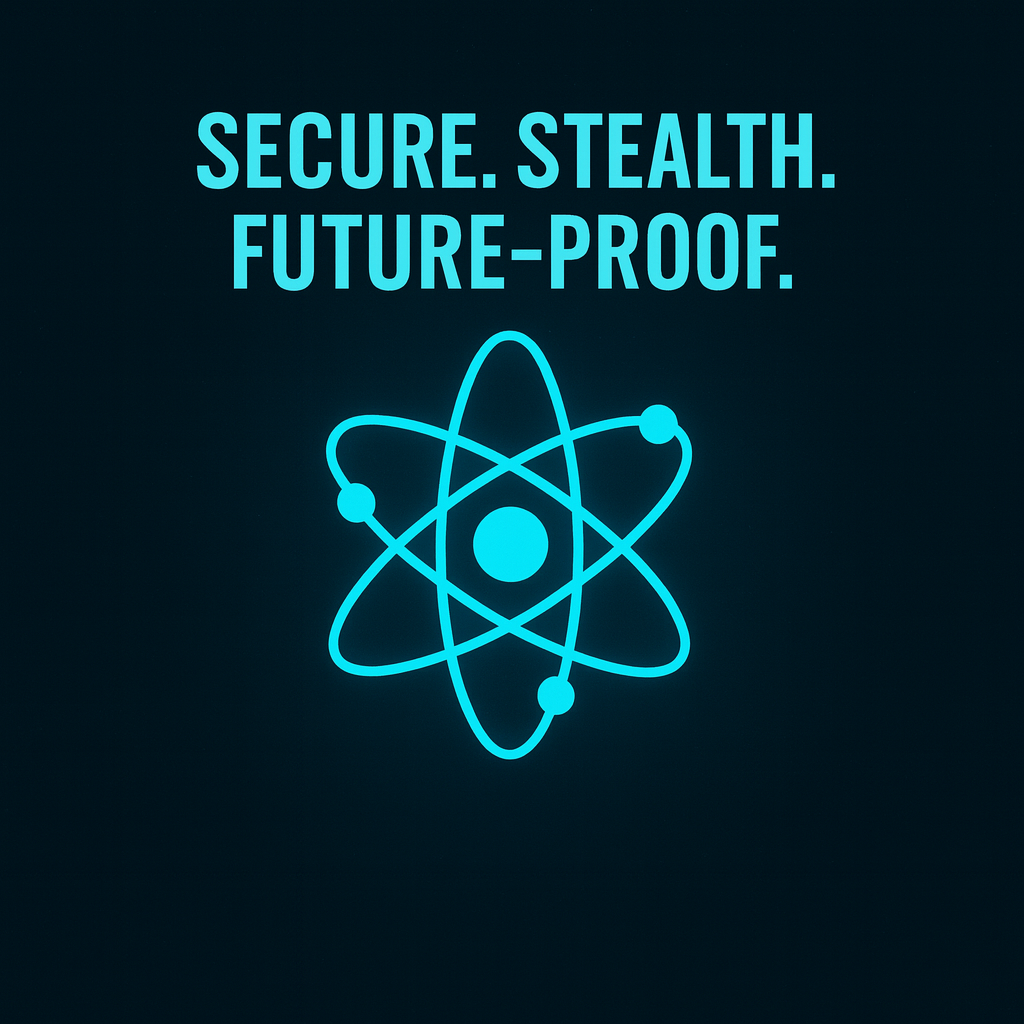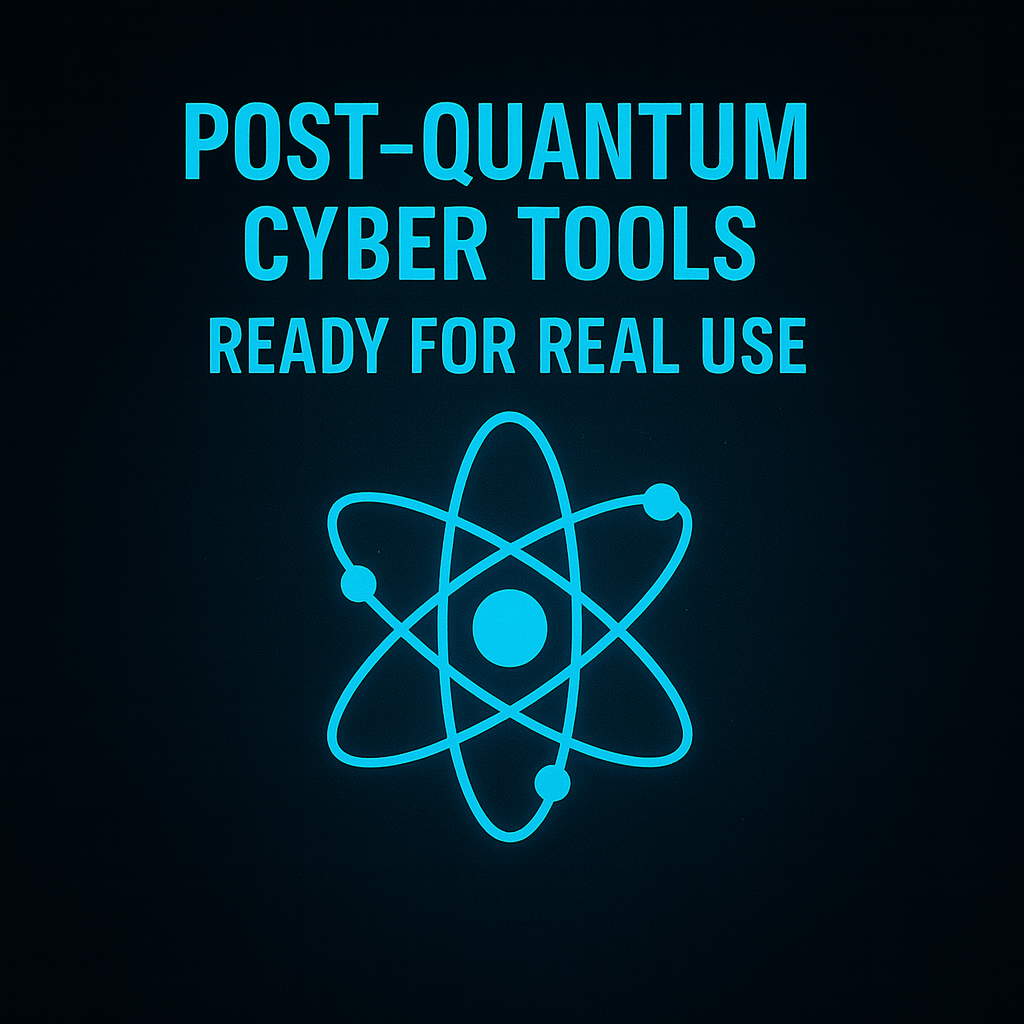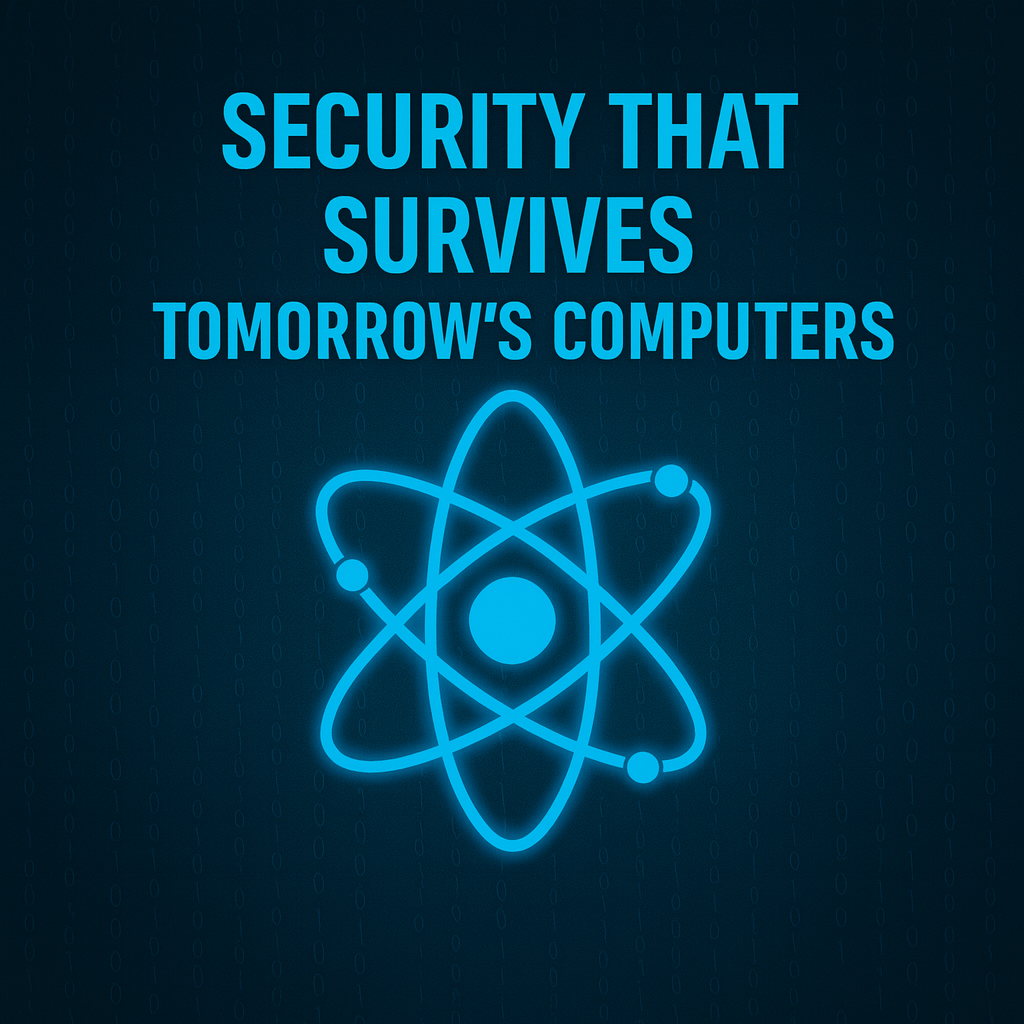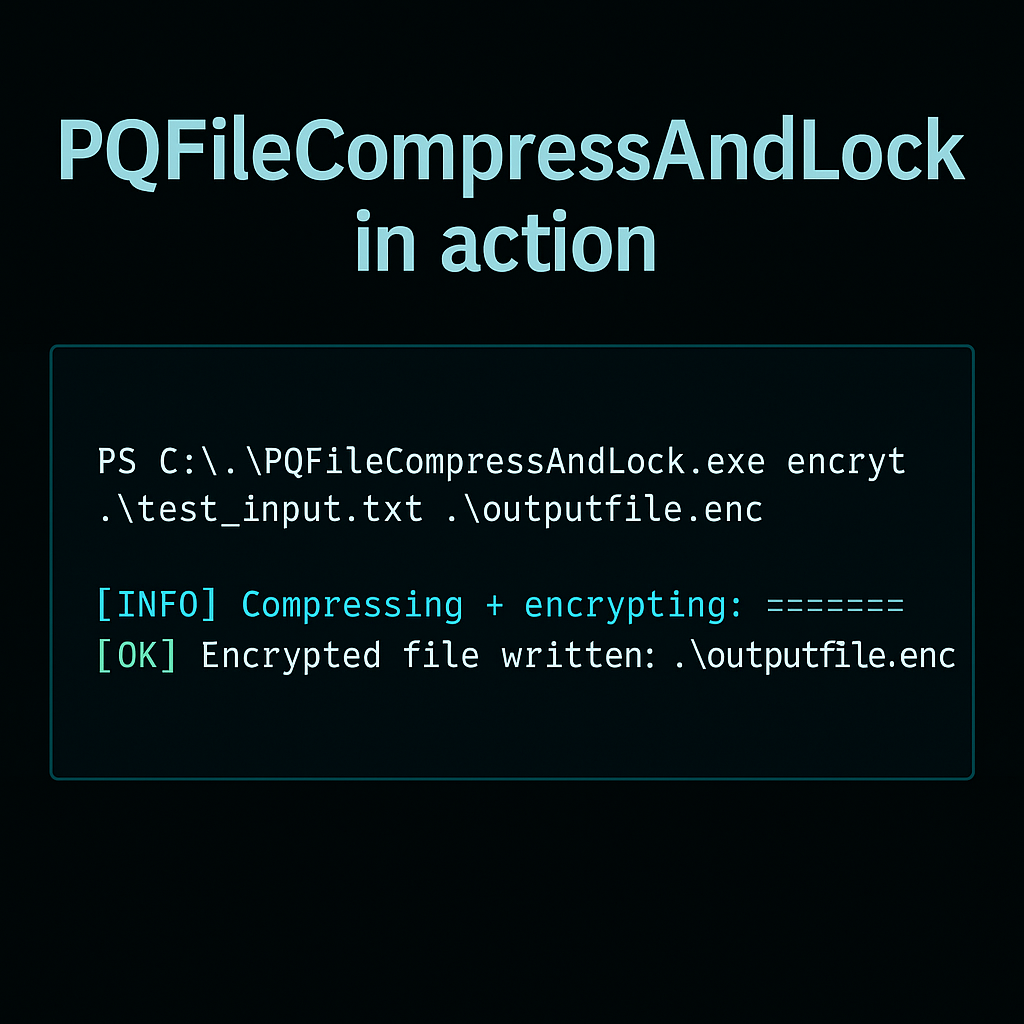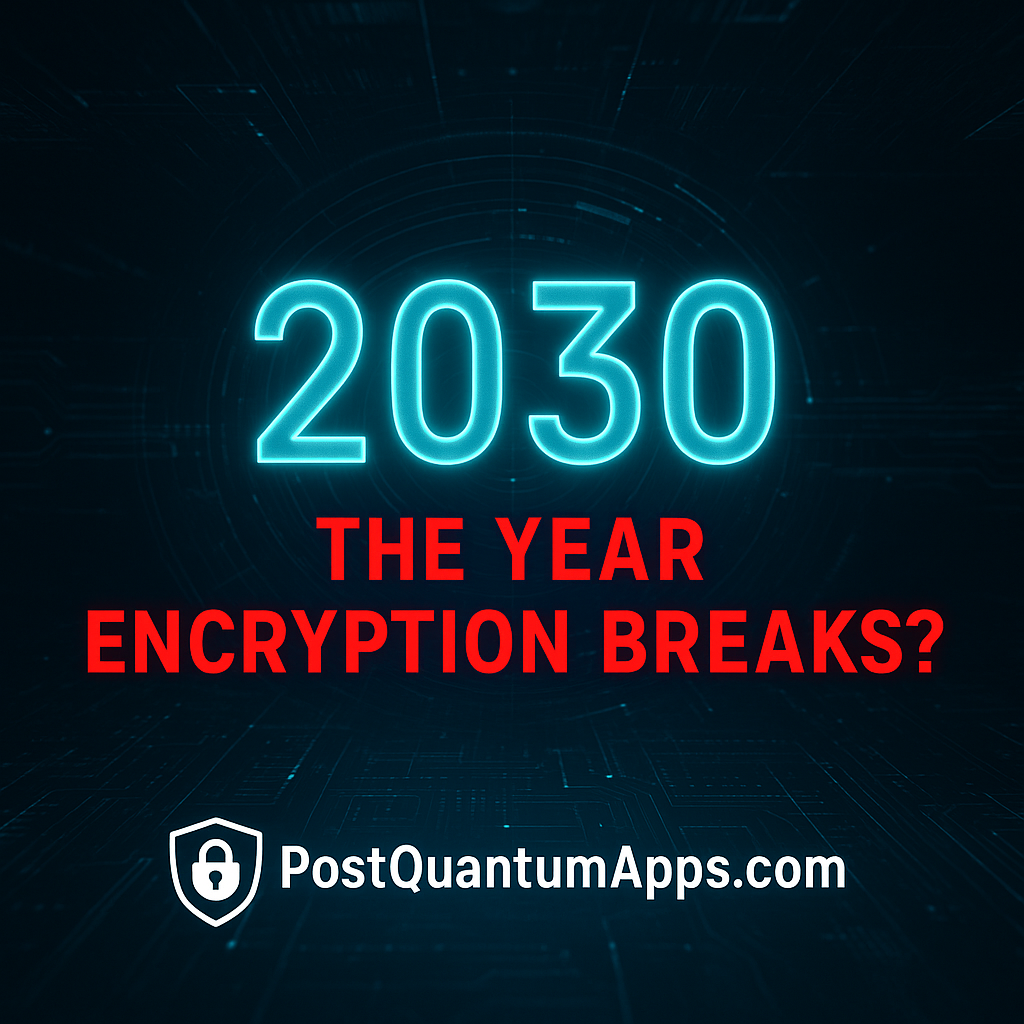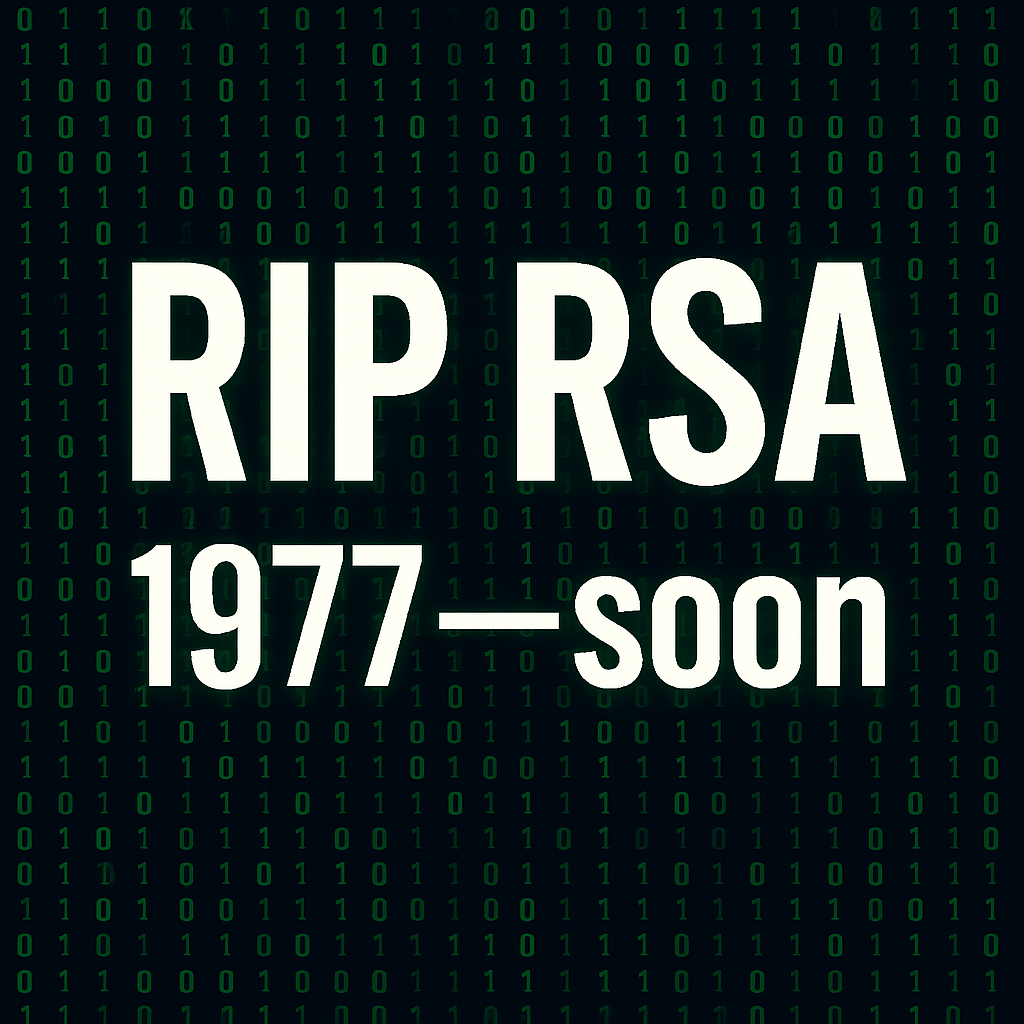Headline: Entangled Clocks: New Quantum-Secure Time Transfer Targets Critical Infrastructure 🕒⚛️
Date: 17 November 2025
A team led by researchers from the University of New South Wales has proposed a new quantum-secure time transfer system that hardens one of the most invisible but critical resources in modern infrastructure: precise, synchronised time.
From sensing and positioning systems to distributed networks and satellite comms, ultra-precise timing is everywhere—and current methods can be vulnerable to spoofing, delay attacks and other forms of cyber interference. The new design combines:
-
🧩 Entangled photons for ultra-precise, correlated timing signals
-
🔑 Quantum key distribution (QKD) to generate self-driven encryption keys
-
🛡️ A hybrid architecture that layers post-quantum cryptography on top of QKD to secure any timing data that QKD alone can’t cover
What’s new technically
Instead of trying to encrypt generic traffic, the system focuses on protecting “diff-time-tags”—the timing data itself. QKD keys are used as a one-time pad for the maximum possible portion of this data, while the remainder is protected via a carefully designed sequence of post-quantum cryptographic schemes combined with scrambling techniques.
In other words:
They are treating time itself as a high-value asset that deserves quantum-grade protection.
Why it matters
-
🛰️ Critical infrastructure: Satellite communications, advanced sensing, high-frequency trading and distributed power systems all depend on secure timing.
-
🎯 Attack surface shift: Instead of only encrypting messages, this work recognises that control signals like time are just as valuable to attackers.
-
🧬 Hybrid future: It illustrates the likely shape of real-world deployments: QKD + PQC, not one or the other.



